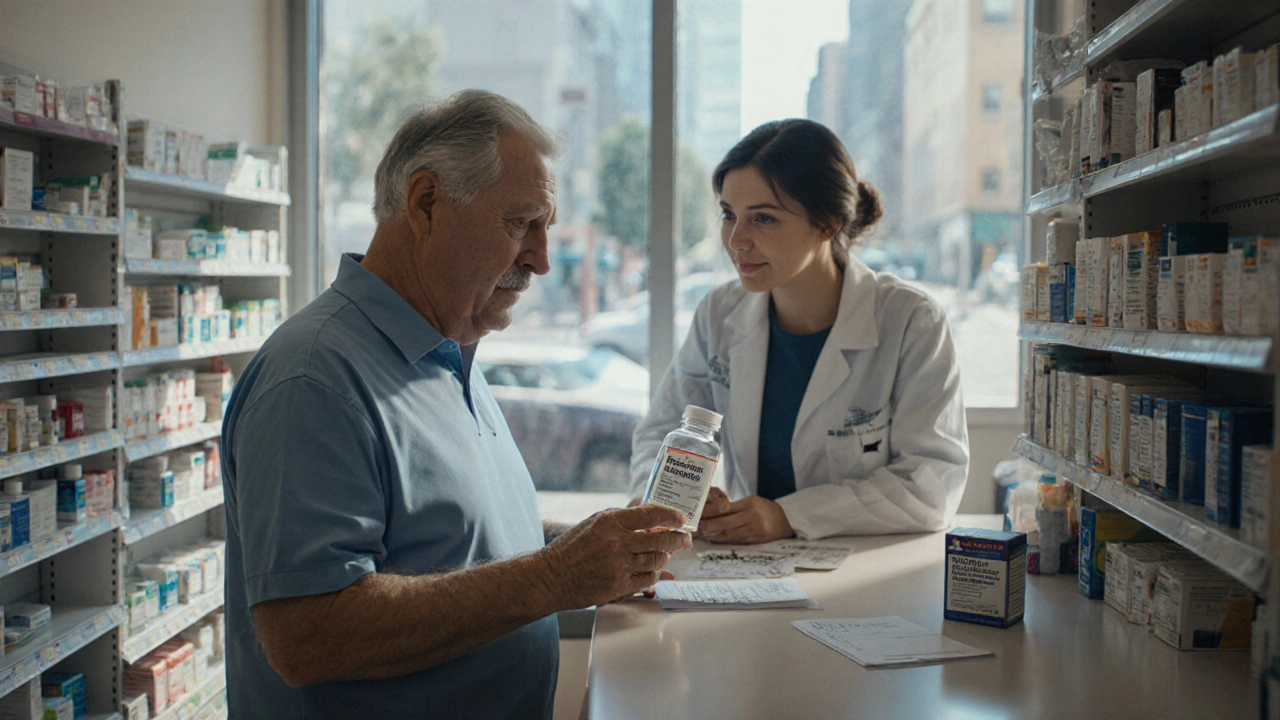Drug Supply Chain: How Medicines Move from Lab to Pharmacy
When working with drug supply chain, the network of steps that turns raw chemicals into pills, vaccines, or ointments and gets them into a patient’s hand. Also known as pharmaceutical distribution network, it drug supply chain connects three core worlds: pharmaceutical manufacturing, the process of turning active ingredients into finished dosage forms, distribution logistics, the planning and movement of products through warehouses, trucks, and temperature‑controlled containers, and regulatory compliance, the set of laws and standards that keep medicines safe and effective. These pieces don’t work in isolation – they constantly influence each other, shaping the speed, cost, and safety of every prescription you pick up.
Key Stages of the Drug Supply Chain
First up is pharmaceutical manufacturing. Here, chemists mix active pharmaceutical ingredients (APIs) with excipients, then press, fill, or inject them into their final forms. Modern factories rely on automated lines, real‑time quality checks, and strict clean‑room protocols to meet Good Manufacturing Practice (GMP) standards. A single batch can involve dozens of sub‑processes, from granulation to coating, each tracked by batch‑record software. The better the manufacturing step, the fewer defects downstream – a direct link that keeps the supply chain running smoothly.
Once a batch passes quality release, distribution logistics takes over. This stage isn’t just about loading trucks; it includes temperature‑controlled storage (the cold chain), inventory forecasting, and route optimization. A misplaced pallet can cause a stockout at a local pharmacy, while a broken cold‑chain seal might render a vaccine ineffective. Companies use RFID tags, GPS tracking, and predictive analytics to monitor every move, ensuring that products arrive on time and at the right temperature.
Behind every shipment sits regulatory compliance. Agencies like the FDA, EMA, and TGA set rules for labeling, packaging, and transport conditions. Manufacturers must submit detailed dossiers, and distributors need certificates of analysis for each shipment. Non‑compliance can trigger recalls, fines, or shutdowns, which ripple through the entire network. In practice, compliance teams work hand‑in‑hand with logistics planners to embed checks into every hand‑off, turning a potential bottleneck into a safety net.
With the rise of e‑pharmacies, the online pharmacy segment now leans heavily on a robust supply chain. Digital platforms let patients order meds from home, but they still depend on the same manufacturing, logistics, and compliance pillars. What changes is the need for rapid last‑mile delivery and secure verification of the pharmacy’s license. Some services even use real‑time inventory feeds, so a customer sees exactly what’s in stock before checkout – another example of how technology ties the supply chain’s pieces tighter together.
Despite these advances, the drug supply chain faces real challenges. Counterfeit drugs slip through weak links, especially in regions with lax enforcement. Shortages can arise from raw‑material constraints, unexpected demand spikes, or geopolitical events that disrupt transport routes. Sustainability is becoming a hot topic too; companies are now measuring carbon footprints of shipping and exploring biodegradable packaging. Each of these issues forces the industry to constantly adapt its processes, invest in better traceability, and collaborate across the entire network.
All these moving parts set the stage for the articles you’ll find below. Below you’ll discover practical guides on buying cheap generics online, side‑by‑side drug comparisons, and deep dives into specific health topics – each built on the foundation of a well‑functioning drug supply chain. Dive in to see how the chain’s strengths and weak points affect the medicines you trust every day.

